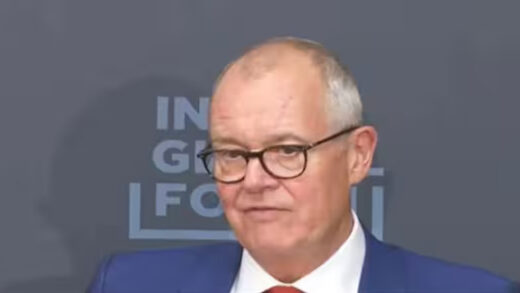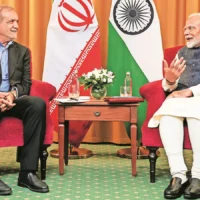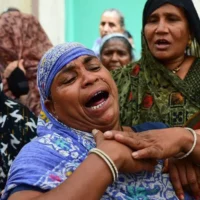India has witnessed a substantial decline in poverty, supported by rising household incomes and improved living standards, as confirmed by a recent government factsheet. The World Bank’s updated methodology, which raised the International Poverty Line (IPL) from $2.15 (2017 PPP) to $3.00 per day (2021 PPP), led to a global surge of 125 million more people classified as extremely poor. However, India emerged as a statistical outlier, showing a significant reduction in poverty, even under the revised, more stringent benchmark. This was largely attributed to refined data collection methods and robust policy implementation.
India’s adoption of the Modified Mixed Recall Period (MMRP) in its latest Household Consumption Expenditure Survey (HCES) played a key role. Replacing the outdated Uniform Reference Period (URP), the MMRP methodology allowed for more accurate estimation of consumption by using shorter recall periods for frequently purchased items. This led to a marked increase in reported consumption, translating into lower poverty rates. Under the $3.00 line, poverty fell to 5.25% in 2022–23, while under the older $2.15 line, it dropped even further to 2.35%. In 2011–12, the poverty rate using MMRP was 16.22%, down from 22.9% under URP.

Average Monthly Per Capita Expenditure (MPCE) has seen significant growth. In 2023–24, rural MPCE reached ₹4,122 and urban MPCE ₹6,996—excluding welfare subsidies. When benefits from welfare programs are included, these figures rose to ₹4,247 and ₹7,078, respectively. This is a marked improvement from 2011–12 figures of ₹1,430 in rural areas and ₹2,630 in urban regions. Additionally, the urban-rural consumption gap narrowed from 84% to 70% over the same period, signaling reduced consumption inequality. All 18 major states reported MPCE growth, with Odisha showing the highest rural rise and Punjab the highest urban increase.
A notable reduction in inequality was also observed. The Gini coefficient, which measures consumption disparity, declined from 0.266 to 0.237 in rural areas and from 0.314 to 0.284 in urban zones between 2022–23 and 2023–24. This suggests a broad-based improvement in income distribution across most states. The government factsheet emphasized that India’s progress is not merely a statistical feat but a result of evidence-based governance, methodological integrity, and sustained reforms—setting a model for the global community as it recalibrates poverty benchmarks.













